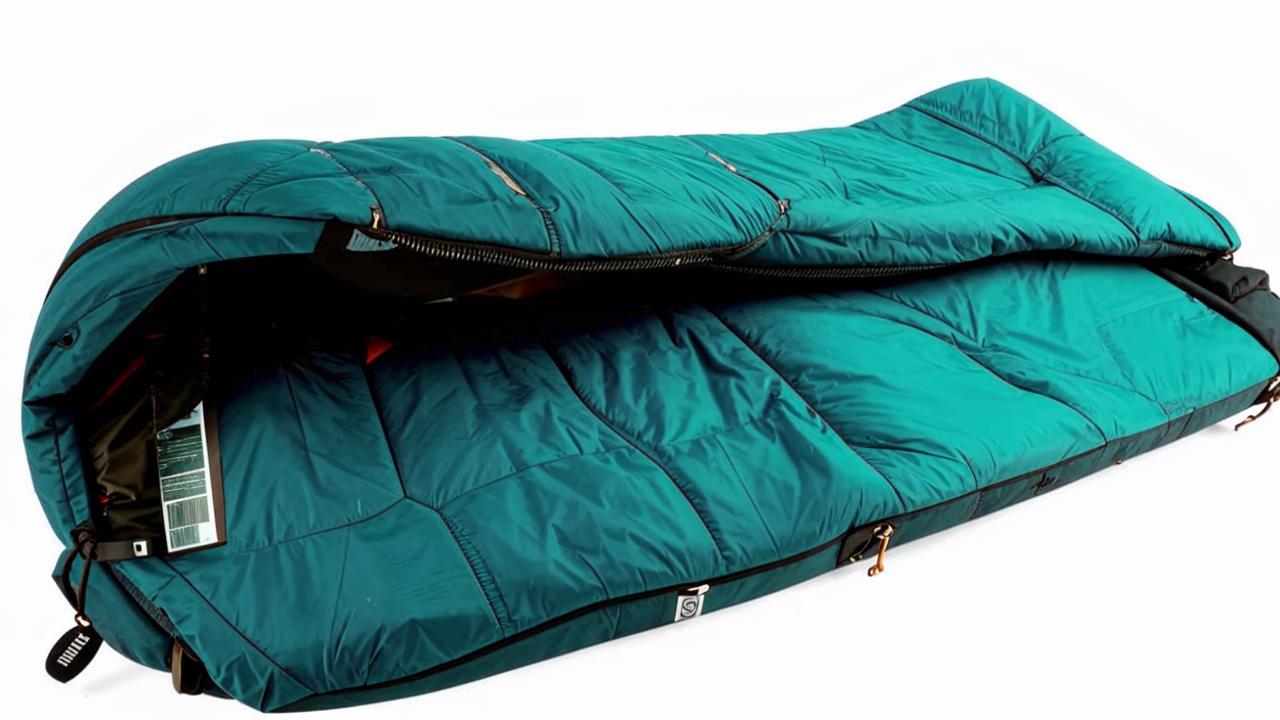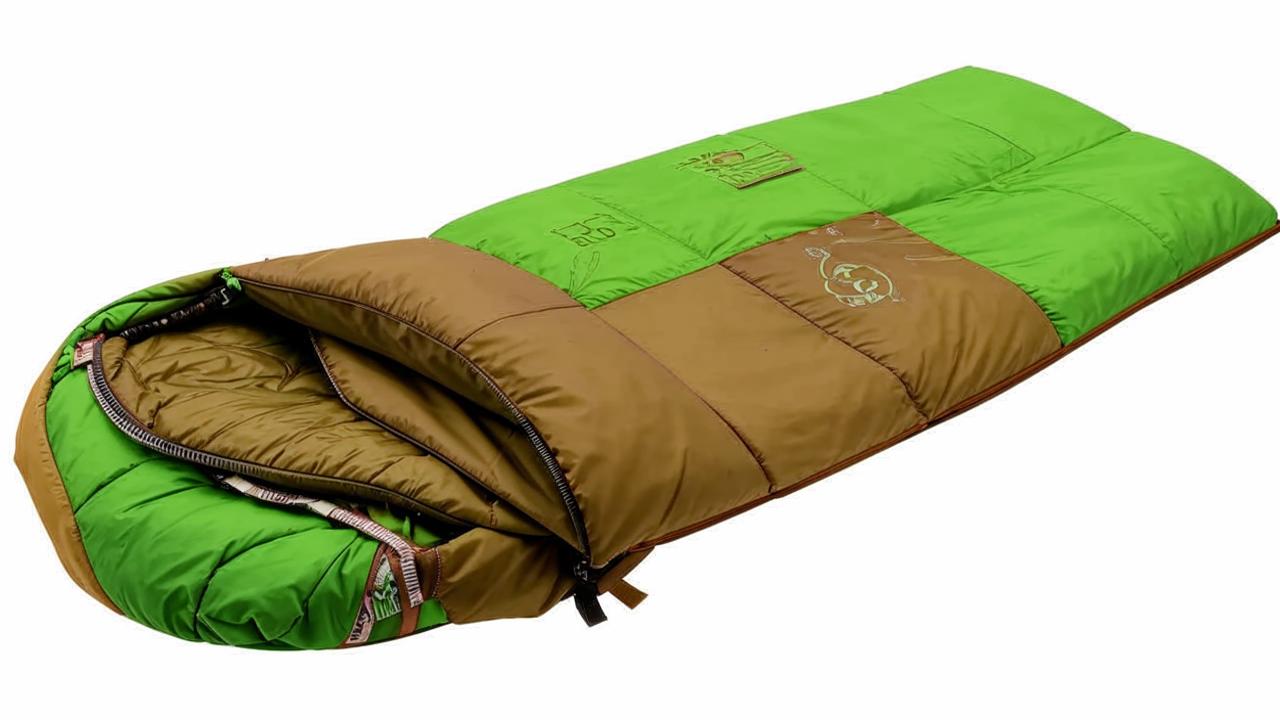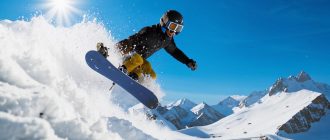
Expert na Sportmaster PRO
“A sleeping bag is an indispensable piece of equipment for any tourist. It provides warmth and comfort while sleeping outdoors, protecting from cold, moisture and wind. A properly selected option can significantly improve the quality of sleep and guarantee a positive impression of the entire trip. Let me tell you what features you should pay attention to first.
Seasonality
Sleeping bags are divided by season depending on the temperature range for which they are designed. There are three main categories: summer, three-season and winter. Each of them is designed to provide comfort and protection in the appropriate climatic conditions.
Summer sleeping bags
Temperature range: +10°C and above.
Summer sleeping bags are designed for use in the warm season. They provide good ventilation and do not overheat after dark. They are also compact and lightweight. These bags are ideal for hiking from May to September, when nighttime temperatures remain quite high.
Features:
- lightweight and compact;
- often have a minimal layer of insulation;
- good ventilation to prevent overheating (in Quilt models).

Three-season sleeping bags
Temperature range: -5°C to +10°C.
Three-season sleeping bags are considered the most versatile. It is an option that can be used in spring, summer and fall. It provides an optimal balance between weight, insulation and compactness, making it an ideal choice for most camping trips.
Features:
- moderate weight and bulk;
- good insulation for overnight stays on cold nights;
- often have adjustable hoods and thickenings in the insulation layer around the legs and chest.
Winter sleeping bags
Temperature range: -5°C and below.
Winter sleeping bags (sometimes called four-season sleeping bags) are designed for use in cold conditions. They have a high degree of thermal insulation to ensure a comfortable sleep even at sub-zero temperatures. Such bags are used in winter camping, mountaineering and expeditions.
Features:
- heavier and bulkier compared to summer and three-season bags;
- thick layer of filler, often made of down or high quality synthetic materials;
- additional features to keep you warm, such as insulated hoods, collars and special cuffs.
Temperature
Manufacturers provide several temperature parameters on their labels to help users choose a sleeping bag that is suitable for the climatic conditions of the upcoming hike.
Maximum Temperature (TMax)
This is the temperature at which an average person can sleep comfortably without sweating or overheating. This parameter is especially important for summer sleeping bags and bags for warm climates.
Comfort temperature (TComfort)
This is the temperature at which an average person who is sensitive to cold can sleep in a relaxed position without freezing. The indicator is usually oriented towards female physiology. There is an explanation for this. It is often women who are more sensitive to cold.
Temperature Limit (TLim)
The index at which a person with normal thermoregulation can sleep in the curled up position and not feel cold. This is the minimum temperature that keeps the bag warm for most users. It is oriented towards male physiology. Why? A man is more likely to be able to sleep comfortably in the bag at this temperature.
Extreme Temperature (TExtreme)
The lower limit of the temperature at which the bag protects against hypothermia for six hours. The parameter is designed for survival and does not guarantee a comfortable sleep. It is intended for situations where the sleeping bag is used in extreme conditions.
Shape
The shape of the sleeping bag affects comfort, insulation and practicality of use in different conditions. There are several basic types on the market, each with its own features and benefits.
Blanket sleeping bag
Rectangular bags have the same width throughout their length. They provide maximum room for movement, allowing you to sleep in any position. Often such a bag can be unzipped and used as a blanket. In general, this shape provides better ventilation and retains less heat, which is suitable for camping and summer nights.
Cocoon sleeping bags
Cocoon sleeping bags taper towards the legs, providing a snug fit to the body. This helps to retain heat better. Thanks to their effective thermal insulation, they are ideal for use in cold conditions.
In addition, cocoon bags are usually lighter and take up less space when packed compared to rectangular bags. But there is a disadvantage. The cocoon shape gives less room for movement, which can be uncomfortable for people who are not used to sleeping in tight spaces.

Poncho sleeping bags
Poncho bags are multifunctional sleeping bags that are suitable not only as a sleeping accessory, but also as an insulating layer of clothing. The unique design allows you to use them as a cape, providing warmth and protection in all weather conditions during outdoor activities or camping.
When unfolded, poncho bags function as full-fledged sleeping bags for overnight stays. Minus – because of its “openness” this option will not provide as high thermal insulation as traditional cocoons or rectangular bags.
Double (double) sleeping bags
Designed for two people, therefore wider and larger than conventional bags. Because the design allows people to sleep together, these models keep you warmer and more comfortable.
Additional features
Some sleeping bags are equipped with additional features to increase comfort.
- A hood helps retain heat around the head.
- Pockets are handy for storing small items like a flashlight or phone, especially when it comes to a poncho bag.
- Two-way zippers allow you to adjust ventilation and are convenient for putting on the bag.
Cover materials
The choice of sleeping bag outer cover material is important for comfort, insulation and durability in a variety of conditions. It fulfills several important functions. The material protects the insulation from damage and moisture, provides durability of the bag and a certain level of comfort. Today, manufacturers use several basic types of coating.
Nylon
The material is known for its durability and resistance to tearing. Nylon is lightweight and has water-repellent properties, making it a popular choice for sleeping bags.
Polyester
Like nylon, is highly durable and resistant to damage. However, polyester protects better against moisture and is less susceptible to UV damage – the material won’t burn out in the sun.

Fabric with a DWR water-repellent coating
Many exterior materials have a DWR coating (Durable Water Repellent, or Durable Water Repellent impregnation), which repels moisture particles and prevents the insulation from getting wet. This is especially important in conditions of high humidity and rain.
Membrane fabric (Gore-Tex)
Gore-Tex is a patented waterproof and breathable material that is often used in hiking gear. It provides protection from water and wind while maintaining good ventilation.
Insulation
The insulation is responsible for insulating the bag. It is a common mistake to think that a sleeping bag keeps you warm. In fact, it only maintains the body temperature, acting as a kind of thermos. The better the insulation, the more heat it will retain and provide a more comfortable sleep. There are two main types of filling: natural and synthetic.
Down
Most often goose or duck down is used, as well as their mixtures. How do they differ? Goose down is considered to be of higher quality. It is warmer and lighter than duck down, but also costs more.
The key parameter to pay attention to when choosing a sleeping bag is Fill Power. The indicator (usually from 550 to 950) determines the quality of down and its ability to retain heat. The higher the value, the better the insulation and compression. Accordingly, a person will be more comfortable in a sleeping bag in cold weather.
The advantages of down are excellent thermal insulation and heat-to-weight ratio. Such sleeping bags are lighter than synthetic ones, and they can also be compressed to extremely compact sizes – in a multi-day hike this can be a decisive factor in the choice.
At the same time, down loses its insulating properties when wet and requires special care and storage conditions. To increase the durability of sleeping bags, manufacturers use various technologies and high-quality external materials. Because of this, models with natural filling often cost significantly more than synthetic counterparts.

Synthetic insulation
Polarguard, Primaloft, Thermofibre and others – different brands offer their own synthetic insulation technologies. Some are better suited for wet weather, others for extreme cold. In order to clearly define the model, it is worth asking for help from consultants in the sports store.
The advantages of synthetic insulators – they are easier to care for, keep warm even when wet and dry faster. At the same time, variants with artificial materials are cheaper than their natural counterparts.
The main disadvantage – synthetic filler is characterized by greater heaviness. In addition, even when folded, it has less compact dimensions compared to down. With the same volume, synthetic insulation will provide less durability and thermal insulation.

Size and weight
Important factors when choosing a sleeping bag are its size and weight. They affect the convenience of use, transportation and storage, as well as the quality of sleep.
The main rule here is one – the sleeping bag should be comfortable. Choose options that will be about 20 cm longer than your height. It is also important that a small layer of air remains inside the bag. It is optimal when the width of the model is 5-10 cm more than the shoulder span. This will ensure thermal insulation.
Men’s, women’s and teenage sleeping bags usually differ not only in length, but also in width. This is important to consider when choosing. For the same height, a teenager’s body is usually narrower than an adult’s.
Children’s sleeping bags are usually designed for a height of 130-170 cm and have an adjustable length, so that one model can last several seasons. In addition, manufacturers do not indicate temperature limits on such bags. These parameters are not regulated by manufacturing standards.
Examples of models
Deuter Astro 300 +3 is a three-season down sleeping bag weighing 875 grams. 360-degree thermal insulation and down filling with treatment against moisture absorption make the bag an excellent choice for hiking in spring and fall. It comes with a pouch.

Deuter Astro 300 sleeping bag, 20,190 RUB / Deuter Shop
VauDe Sioux 100 SYN +13 is a summer sleeping bag. Due to its weight of 730 g and compact size it fits even in a small backpack.

VauDe Sioux 100 SYN sleeping bag, 12 999 RUB / Sportmaster
Alexika Siberia Wide +1 is a spacious sleeping bag in the form of a blanket for camping. The inner cover is made of cotton, and the densely stuffed filling and thermal bar along the zipper provide comfort.

Alexika Siberia Wide sleeping bag, 18,299 RUB / Adrenalin Sport
StránkaOutventure Twin +10 is a camping double sleeping bag. Ideal in warm and hot weather. The sleeping bag can easily be turned into a blanket by unzipping the side zipper.

Sleeping bag Outventure Twin, 6479 RUB. / OZON
Northland Quilt +15 – lightweight (600 g) sleeping bag, which is designed for summer and protection from the cool breeze in the evening.

Northland Quilt sleeping bag, 3999 RUB.
Care instructions
To prolong the life of your sleeping bag, you need to care for it properly, especially if it is a down-filled version.
- Follow the washing recommendations. Use mild detergents and delicate washing mode.
- Dry in the air. Avoid directed heat sources, direct sunlight and high temperatures.
- Store unrolled. A sleeping bag is best stored unfolded or hung to maintain its shape and avoid compressing the filling.
Choosing a sleeping bag depends on many factors: season, shape, material and fill, size and additional features. It is important to consider the conditions in which you plan to use the accessory and your personal comfort preferences. The ability to maximize heat retention is important to one, while the ability to move freely while sleeping is important to another. The right sleeping bag is an investment in comfort and safety when camping.





